Full text
PDF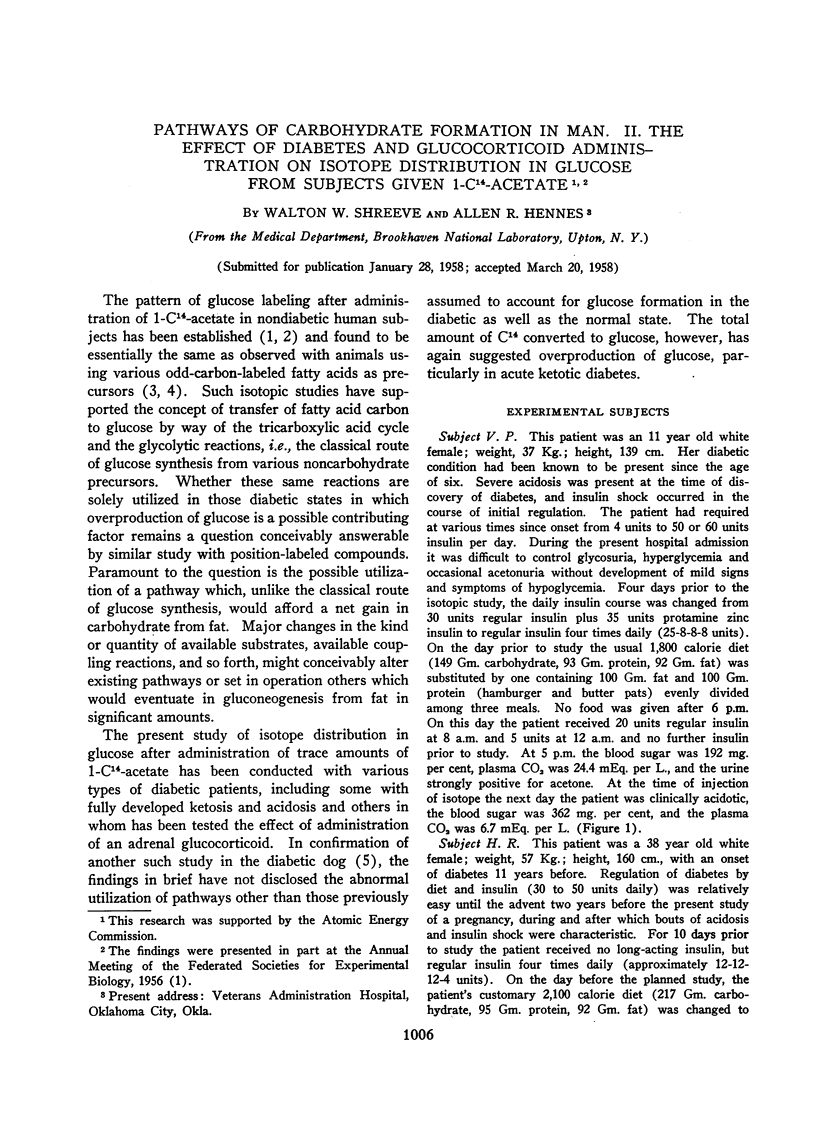
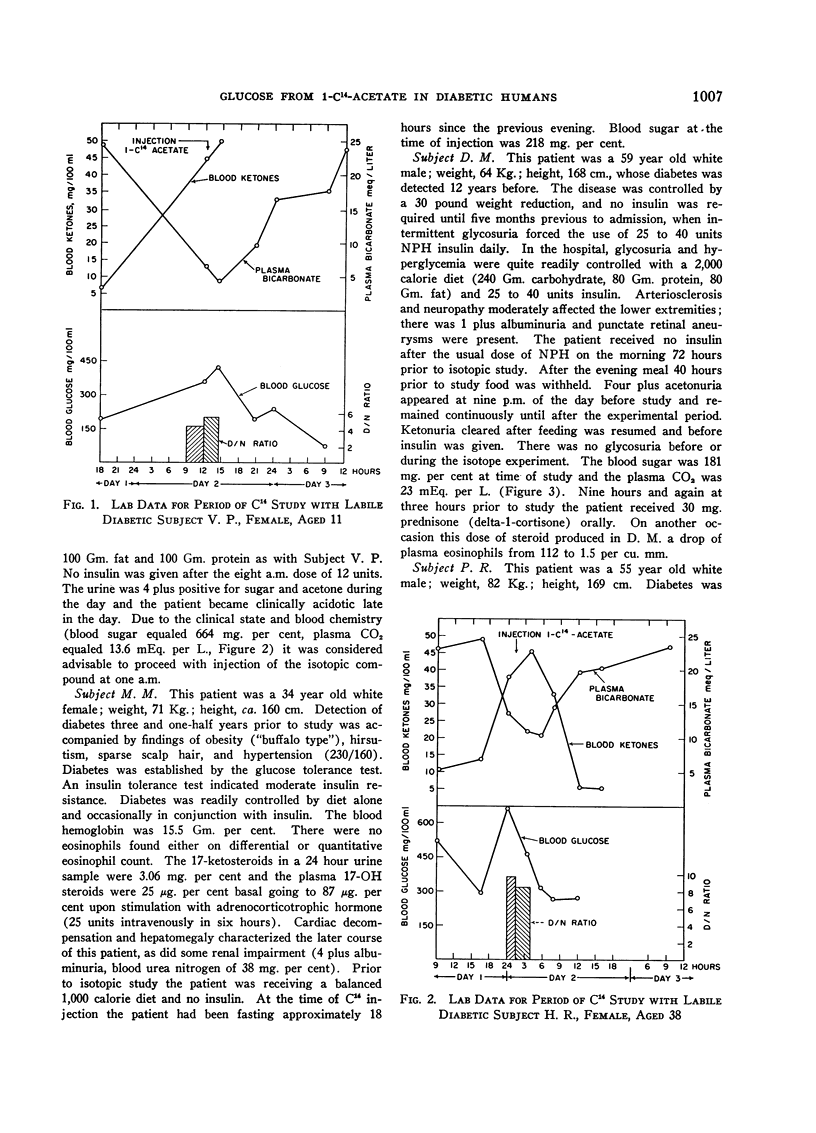
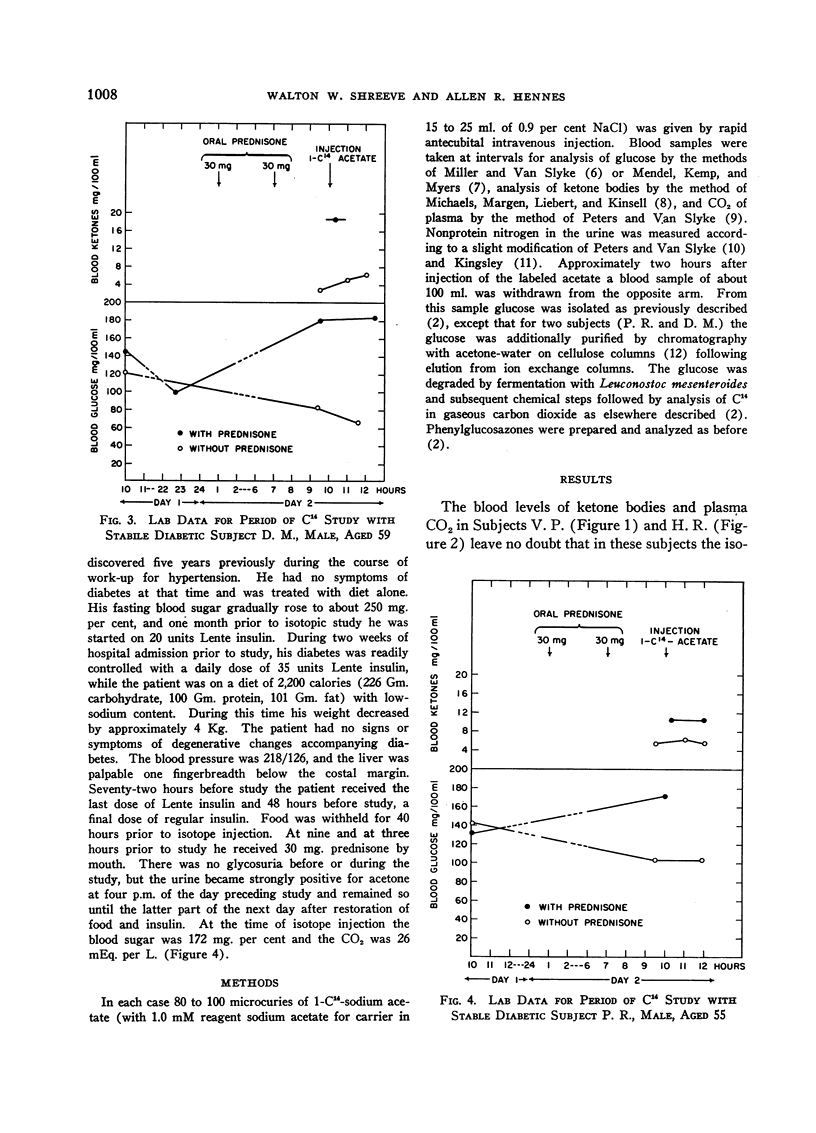
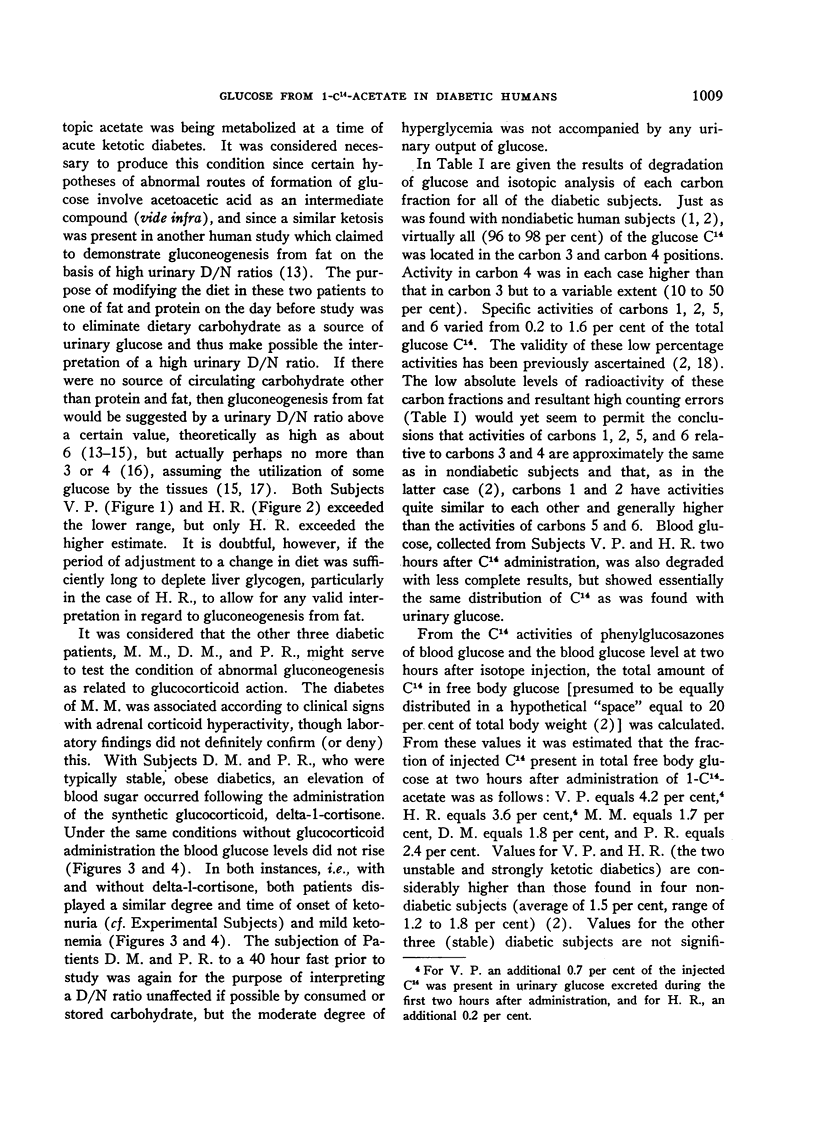
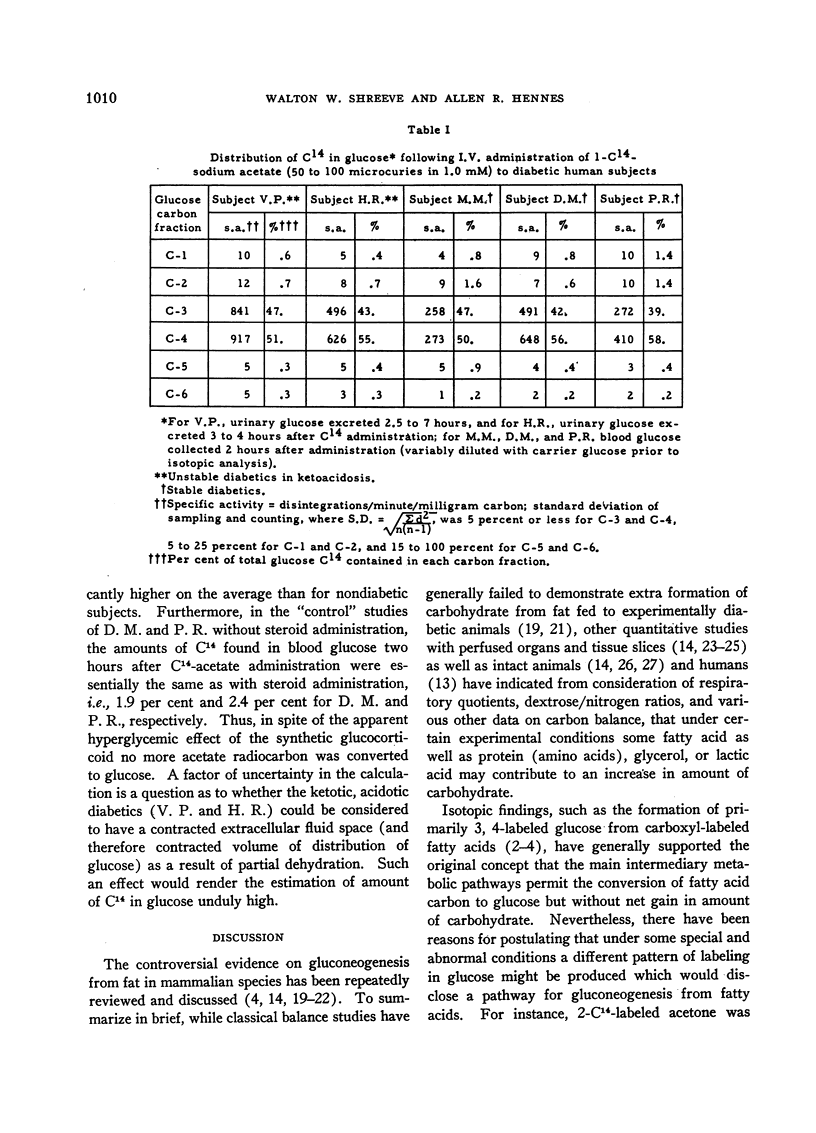
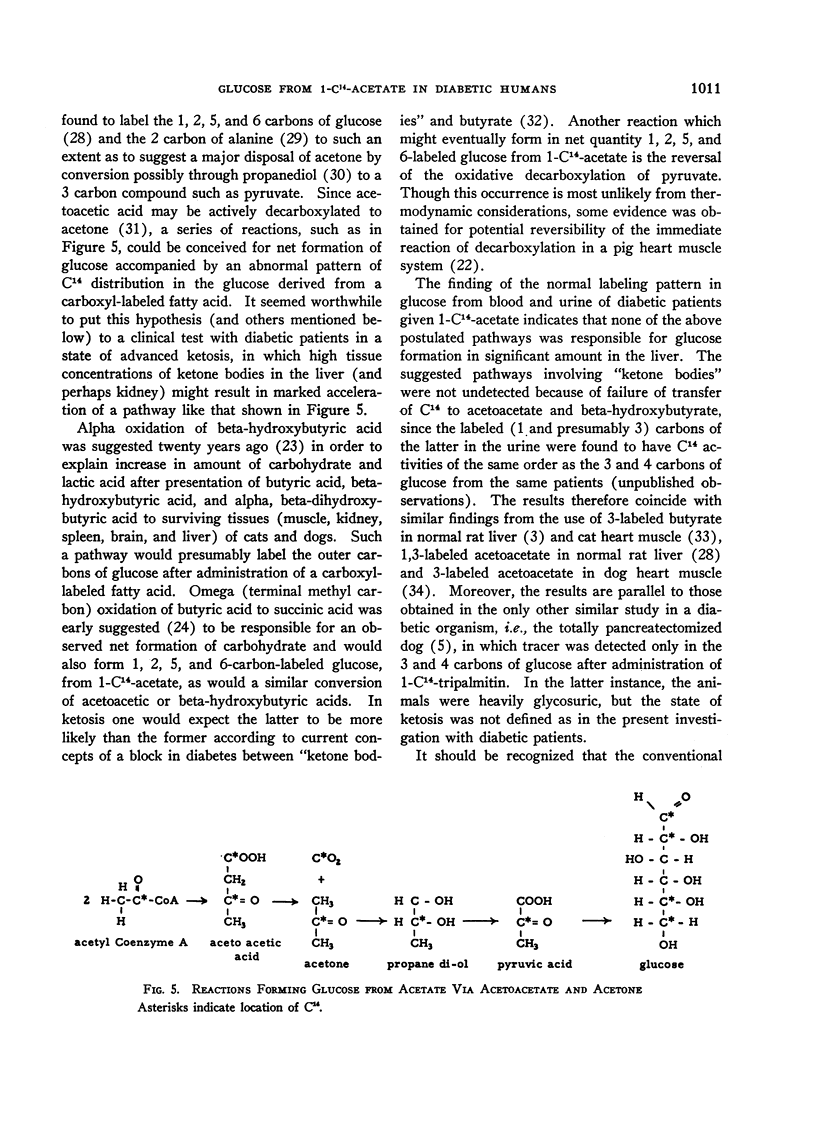
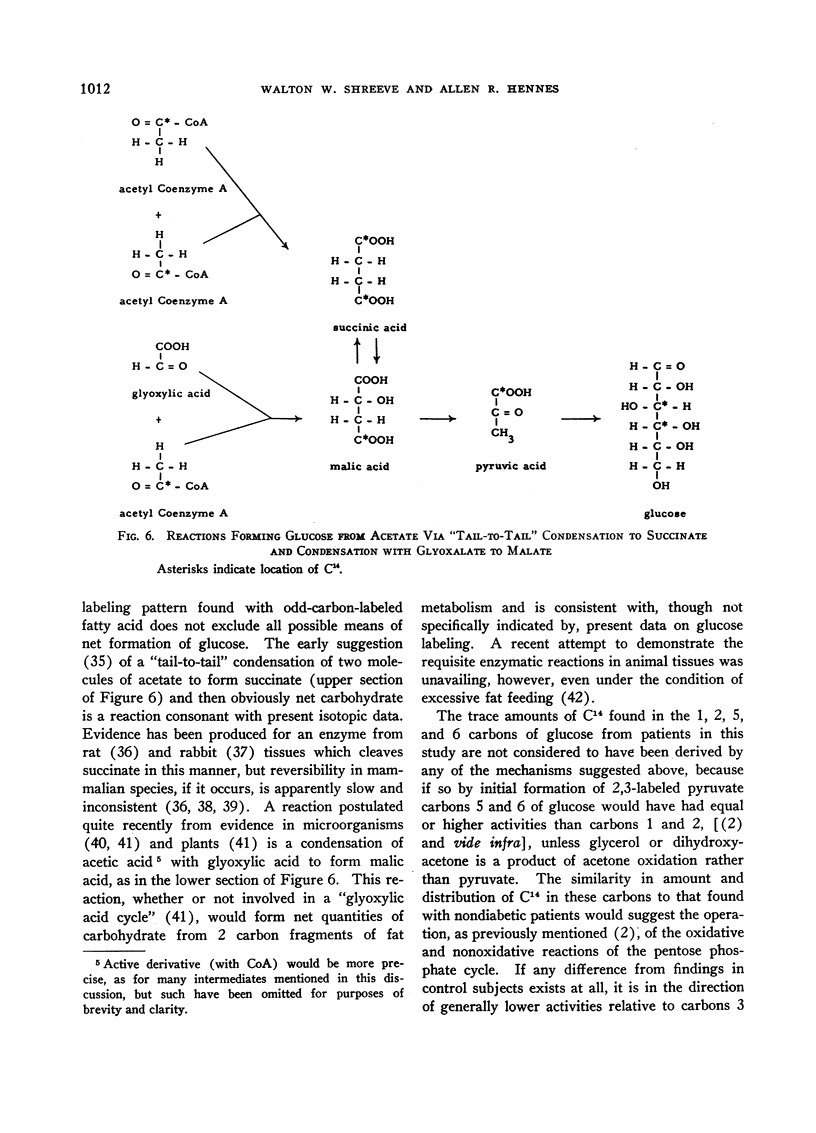
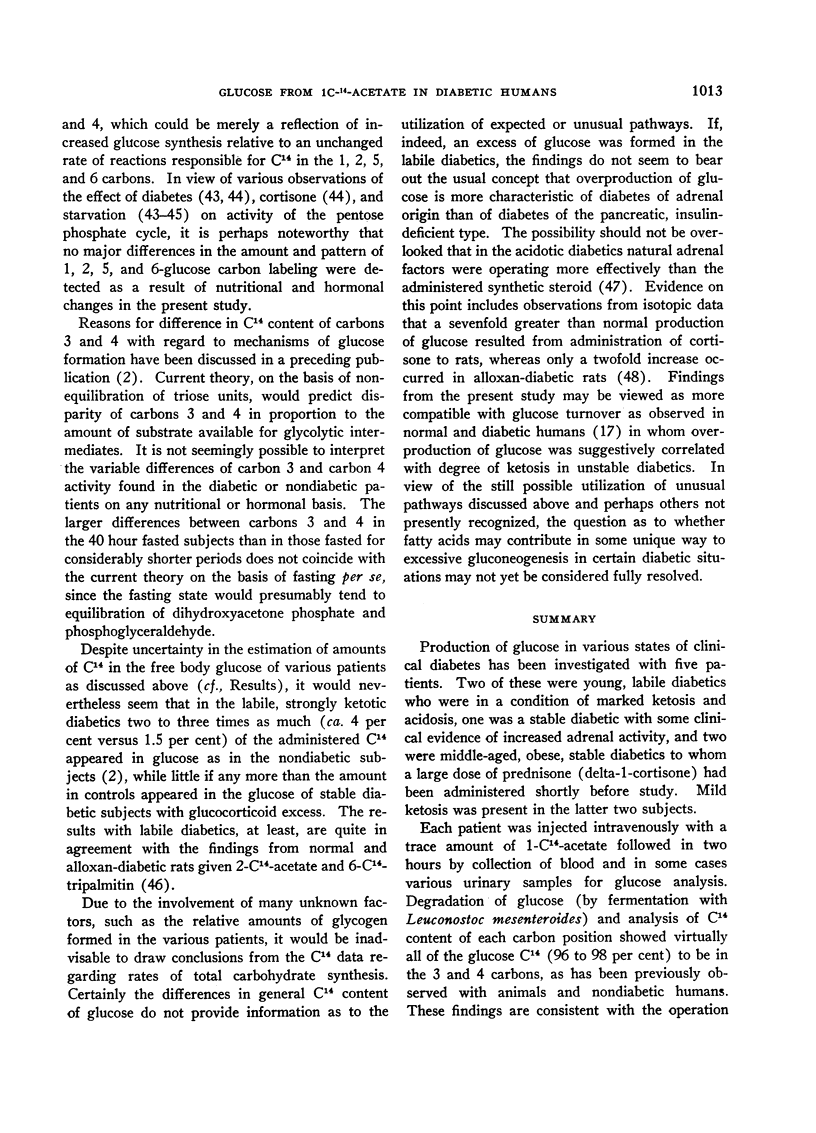
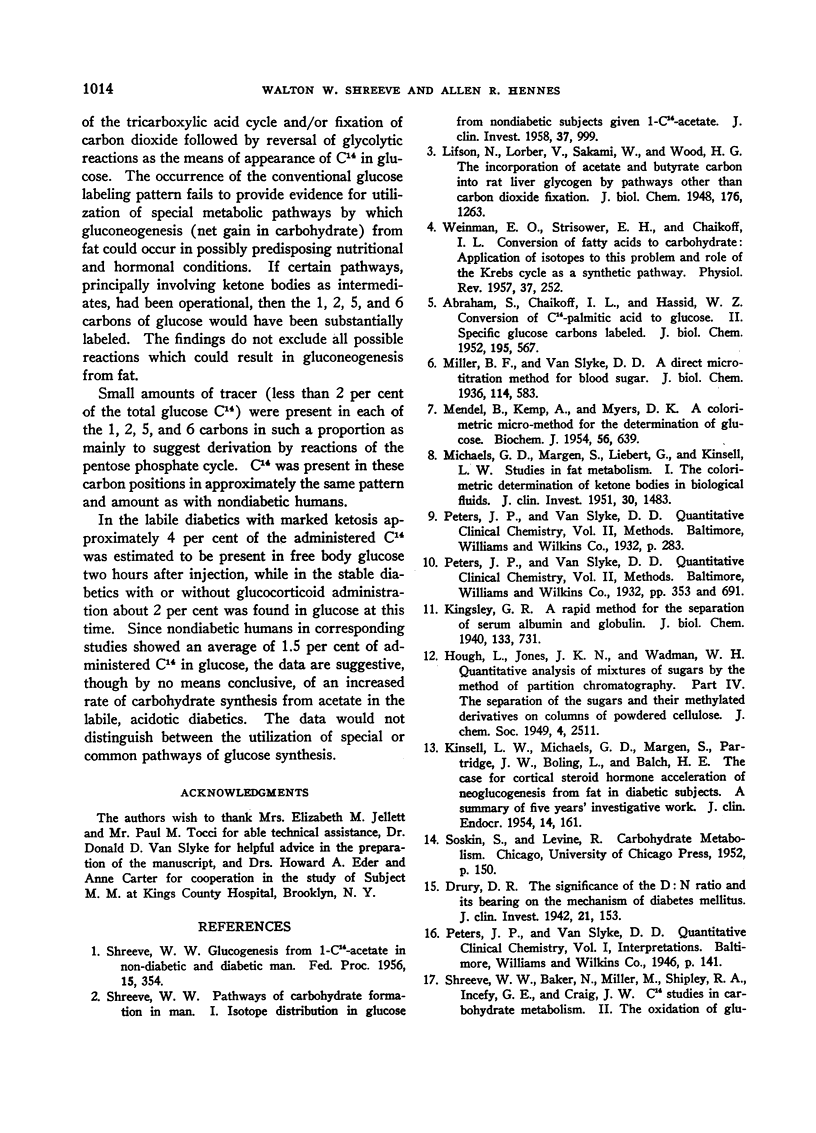
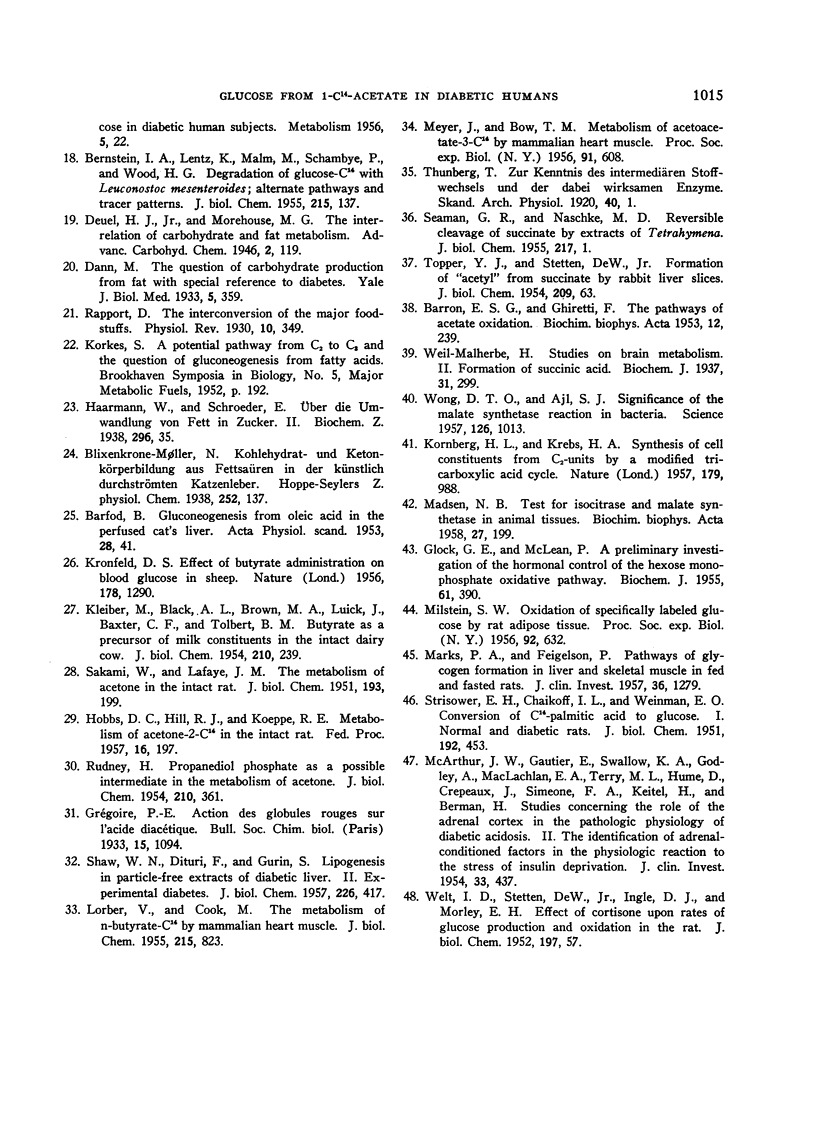
Selected References
These references are in PubMed. This may not be the complete list of references from this article.
- ABRAHAM S., CHAIKOFF I. L., HASSID W. Z. Conversion of C14 palmitic acid to glucose. II. Specific glucose carbons labeled. J Biol Chem. 1952 Apr;195(2):567–581. [PubMed] [Google Scholar]
- BARFOD B. Gluconeogenesis from oleic acid in the perfused cat's liver. Acta Physiol Scand. 1953 Mar 31;28(1):41–59. doi: 10.1111/j.1748-1716.1953.tb00958.x. [DOI] [PubMed] [Google Scholar]
- BARRON E. S., GHIRETTI F. The pathways of acetate oxidation. Biochim Biophys Acta. 1953 Sep-Oct;12(1-2):239–249. doi: 10.1016/0006-3002(53)90143-7. [DOI] [PubMed] [Google Scholar]
- BERNSTEIN I. A., LENTZ K., MALM M., SCHAMBYE P., WOOD H. G. Degradation of glucose-C14 with Leuconostoc mesenteroides; alternate pathways and tracer patterns. J Biol Chem. 1955 Jul;215(1):137–152. [PubMed] [Google Scholar]
- Drury D. R., Edelbrock H., Mill L. THE SIGNIFICANCE OF THE D: N RATIO AND ITS BEARING ON THE MECHANISM OF DIABETES MELLITUS. J Clin Invest. 1942 Mar;21(2):153–159. doi: 10.1172/JCI101287. [DOI] [PMC free article] [PubMed] [Google Scholar]
- GLOCK G. E., MCLEAN P. A preliminary investigation of the hormonal control of the hexose monophosphate oxidative pathway. Biochem J. 1955 Nov;61(3):390–397. doi: 10.1042/bj0610390. [DOI] [PMC free article] [PubMed] [Google Scholar]
- KINSELL L. W., MICHAELS G. D., MARGEN S., PARTRIDGE J. W., BOLING L., BALCH H. E. The case for cortical steroid hormone acceleration of neoglucogenesis from fat in diabetic subjects. A summary of five years' investigative work. J Clin Endocrinol Metab. 1954 Feb;14(2):161–176. doi: 10.1210/jcem-14-2-161. [DOI] [PubMed] [Google Scholar]
- KLEIBER M., BLACK A. L., BROWN M. A., LUICK J., BAXTER C. F., TOLBERT B. M. Butyrate as a precursor of milk constituents in the intact dairy cow. J Biol Chem. 1954 Sep;210(1):239–247. [PubMed] [Google Scholar]
- KORKES S. A potential pathway from C2 to C3 and the question of gluconeogenesis from fatty acids. Brookhaven Symp Biol. 1952 Sep;5:192-9; discussion, 200. [PubMed] [Google Scholar]
- KORNBERG H. L., KREBS H. A. Synthesis of cell constituents from C2-units by a modified tricarboxylic acid cycle. Nature. 1957 May 18;179(4568):988–991. doi: 10.1038/179988a0. [DOI] [PubMed] [Google Scholar]
- KRONFELD D. S. Effect of butyrate administration on blood glucose in sheep. Nature. 1956 Dec 8;178(4545):1290–1291. doi: 10.1038/1781290a0. [DOI] [PubMed] [Google Scholar]
- LORBER V., COOK M. The metabolism of n-butyrate-C14 by mammalian heart muscle. J Biol Chem. 1955 Aug;215(2):823–832. [PubMed] [Google Scholar]
- MADSEN N. B. Test for isocitritase and malate synthetase in animal tissues. Biochim Biophys Acta. 1958 Jan;27(1):199–201. doi: 10.1016/0006-3002(58)90310-x. [DOI] [PubMed] [Google Scholar]
- MARKS P. A., FEIGELSON P. Pathways of glycogen formation in liver and skeletal muscle in fed and fasted rats. J Clin Invest. 1957 Aug;36(8):1279–1284. doi: 10.1172/JCI103525. [DOI] [PMC free article] [PubMed] [Google Scholar]
- MENDEL B., KEMP A., MYERS D. K. A colorimetric micro-method for the determination of glucose. Biochem J. 1954 Apr;56(4):639–646. doi: 10.1042/bj0560639. [DOI] [PMC free article] [PubMed] [Google Scholar]
- MEYER J., BOW T. M. Metabolism of acetoacetate-3-C14 by mammalian heart muscle. Proc Soc Exp Biol Med. 1956 Apr;91(4):608–610. doi: 10.3181/00379727-91-22345. [DOI] [PubMed] [Google Scholar]
- MICHAELS G. D., MARGEN S., LIEBERT G., KINSELL L. W. Studies in fat metabolism. I. The colorimetric determination of ketone bodies in biological fluids. J Clin Invest. 1951 Dec;30(122):1483–1485. doi: 10.1172/JCI102557. [DOI] [PMC free article] [PubMed] [Google Scholar]
- MILSTEIN S. W. Oxidation of specifically labeled glucose by rat adipose tissue. Proc Soc Exp Biol Med. 1956 Jul;92(3):632–635. doi: 10.3181/00379727-92-22567. [DOI] [PubMed] [Google Scholar]
- McARTHUR J. W., GAUTIER E., SWALLOW K. A., GODLEY A., MACLACHLAN E. A., TERRY M. L., HUME D., CREPEAUX J., SIMEONE F. A., KEITEL H. Studies concerning the role of the adrenal cortex in the pathologic physiology of diabetic acidosis. II. The identification of adrenal-conditioned factors in the physiologic reaction to the stress of insulin deprivation. J Clin Invest. 1954 Mar;33(3):437–451. doi: 10.1172/JCI102915. [DOI] [PMC free article] [PubMed] [Google Scholar]
- RUDNEY H. Propanediol phosphate as a possible intermediate in the metabolism of acetone. J Biol Chem. 1954 Sep;210(1):361–371. [PubMed] [Google Scholar]
- SAKAMI W., LAFAYE J. M. The metabolism of acetone in the intact rat. J Biol Chem. 1951 Nov;193(1):199–203. [PubMed] [Google Scholar]
- SEAMAN G. R., NASCHKE M. D. Reversible cleavage of succinate by extracts of Tetrahymena. J Biol Chem. 1955 Nov;217(1):1–12. [PubMed] [Google Scholar]
- SHAW W. N., DITURI F., GURIN S. Lipogenesis in particle-free extracts of rat liver. II. Experimental diabetes. J Biol Chem. 1957 May;226(1):417–425. [PubMed] [Google Scholar]
- SHREEVE W. W., BAKER N., MILLER M., SHIPLEY R. A., INCEFY G. E., CRAIG J. W. C14 studies in carbohydrate metabolism. II. The oxidation of glucose in diabetic human subjects. Metabolism. 1956 Jan;5(1):22–34. [PubMed] [Google Scholar]
- SHREEVE W. W. Pathways of carbohydrate formation in man. I. Isotope distribution in glucose from nondiabetic subjects given 1-C14-acetate. J Clin Invest. 1958 Jul;37(7):999–1005. doi: 10.1172/JCI103696. [DOI] [PMC free article] [PubMed] [Google Scholar]
- STRISOWER E. H., CHAIKOFF I. L., WEINMAN E. O. Conversion of C14-palmitic acid to glucose. I. Normal and diabetic rats. J Biol Chem. 1951 Oct;192(2):453–463. [PubMed] [Google Scholar]
- TOPPER Y. J., STETTEN D., Jr Formation of acetyl from succinate by rabbit liver slices. J Biol Chem. 1954 Jul;209(1):63–71. [PubMed] [Google Scholar]
- WEINMAN E. O., STRISOWER E. H., CHAIKOFF I. L. Conversion of fatty acids to carbohydrate; application of isotopes to this problem and role of the Krebs cycle as a synthetic pathway. Physiol Rev. 1957 Apr;37(2):252–272. doi: 10.1152/physrev.1957.37.2.252. [DOI] [PubMed] [Google Scholar]
- WELT I. D., STETTEN D., Jr, INGLE D. J., MORLEY E. H. Effect of cortisone upon rates of glucose production and oxidation in the rat. J Biol Chem. 1952 May;197(1):57–66. [PubMed] [Google Scholar]
- WONG D. T., AJL S. J. Significance of the malate synthetase reaction in bacteria. Science. 1957 Nov 15;126(3281):1013–1014. doi: 10.1126/science.126.3281.1013. [DOI] [PubMed] [Google Scholar]
- Weil-Malherbe H. Studies on brain metabolism: Formation of succinic acid. Biochem J. 1937 Feb;31(2):299–312. doi: 10.1042/bj0310299. [DOI] [PMC free article] [PubMed] [Google Scholar]


